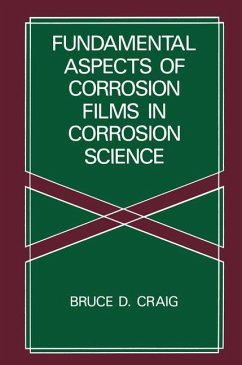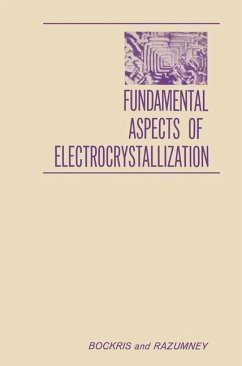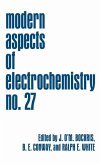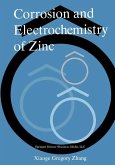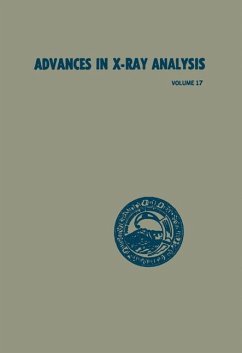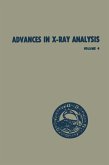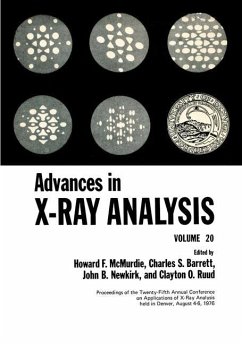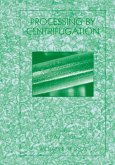The purpose of this book is to stimulate thinking among corrosion scientists and engineers to examine corrosion mechanisms and corro sion control from another perspective. While the presence of corro sion films in electrochemical corrosion has been recognized for over a century, the contribution of these films to all facets of corrosion has not been explored to a significant degree. Rather the role of films in certain mechanisms (i.e., stress corrosion cracking) has been empha sized, yet almost ignored for other corrosion mechanisms. This is viewed by the author as solely attributable to the lack of investigation into, and an understanding of, the contribution of films to these mech anisms or forms of attack. The lack of emphasis and study of corrosion films and their contribution to all forms of corrosion attack are probably the result of current university instruction that utilizes two popular corrosion texts (Uhlig and Fontana and Greene) for teaching. These texts provide an excellent understanding at the undergraduate level of corrosion funda mentals; however, the major implicit premise in these texts is that bulk properties of an alloy or metal control the corrosion resistance in a particular environment. For many applications and for a simple under standing of corrosion mechanics, this approach is sufficient. Yet, research on corrosion films indicate these films often have an entirely different composition than the bulk metal (ratio of alloying elements).
Hinweis: Dieser Artikel kann nur an eine deutsche Lieferadresse ausgeliefert werden.
Hinweis: Dieser Artikel kann nur an eine deutsche Lieferadresse ausgeliefert werden.

